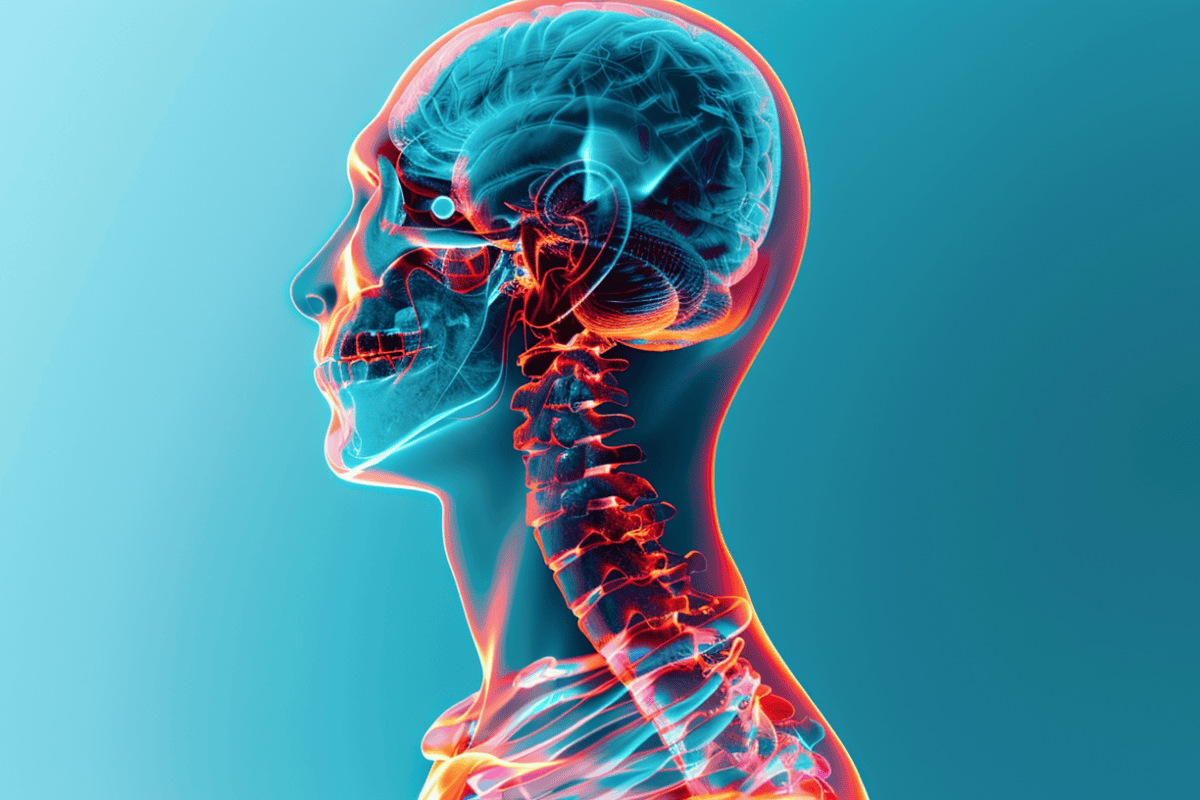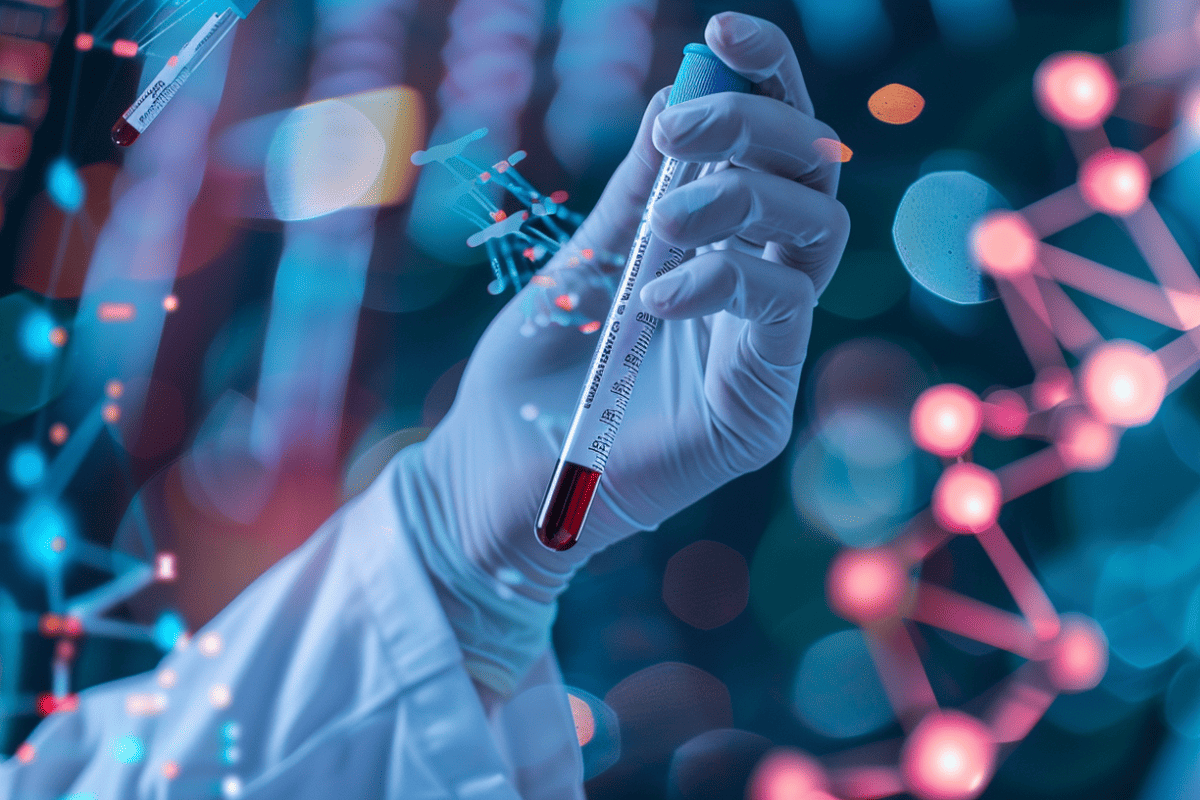Technology encompasses a vital portion of the healthcare lifecycle including diagnosis of
It is observed that there is a huge dearth of healthcare resources and facilities in India- low ratio of number of available physicians to the ever-increasing population, shortage of hospital facilities compared to required capacity and low health insurance coverage. Therefore, technology usage and improvisations are essential for making healthcare easily accessible and available to one and all. Key focus areas may include developing relevant regulations, providing attractive incentives for healthcare investments, devising medical equipment and innovations tailored to Indian market and tapping the right manufacturing verticals.
Some Alarming Statistics of the Indian Healthcare Market
- Deficiency in hospital bed capacity is 2 million
- 75% of Indian population is not covered by any health insurance policy
- 315 million people are affected by tropical diseases.
- Less than 1% of healthcare providers have accreditation
- Evolving and ageing population with share of geriatric age group to increase from 11% in 2025 to 20% by 2050. Of this number, 200 million (elders) will be afflicted by Non-Communicable Diseases (NCDs).
- Rural India encompassing about 70% of India’s population is equipped with less than one-third of nation’s hospitals
Evolution of Technology in Healthcare
Medical Technology has gone a long way since its inception. Before the invention of the stethoscope, the physician’s diagnosis of illness was done by physical examination of the body and symptoms narrated by the patient. Later in the nineteenth century, the ophthalmoscope, thermometer and sphygmomanometer were introduced but the medical role of hospital was still limited. The usage of X ray (invented in 1895), electrocardiograph and concept of diagnostic laboratory was implemented in the hospital care in early twentieth century. This had a profound impact on transforming medical diagnosis from a personal act to a scientific event. Today, thanks to disruptive technology trends and latest innovations, healthcare has entered a new dimensional era.
Some Vital Technology Applications in Healthcare
-
Digital Health Technology to help save premature babies– Globally, pre-mature births majorly contribute to death of young children. Sadly, India is amongst those countries combating this with highest number of pre-mature births (approximately 3.5 million babies a year). These infants can be saved by using speciality care` of Integrated Neonatal Intensive Care Unit (NICU) which utilizes technologies like Internet of Things (IoT), Cloud Computing, Predictive Analytics, Artificial Intelligence along with an Integrated Digitized Health Record application. NICU aids in making the right informed decisions, linking outputs of medical equipment and improving the clinical care which can help save babies.- Usage of Electronic Health Records(EHR) and Electronic Prescriptions(EP). EHR is a digitised comprehensive report of the patient’s overall medical condition that enables better health care services by addressing all aspects of patient care, including safety, treatment effectiveness, patient-centricity, communication, education, timeliness, efficiency, easy transmission and facilities informed decision making. EP is a one of the latest advancements that enables physicians to generate and send prescriptions to pharmacies electronically thereby reducing medication errors, enhancing patient safety with complete access to their medical history and expediting the process of medicine procurement by reducing waiting times.
- Using Telehealth and Tele diagnosis for Better Reach: India’s rural population has remote access to healthcare facilities. Telehealth leverages on electronic information and telecommunication technology to aid and promote long-distance clinical health care, patient and professional health-related education, user training, addressing public health issues and online medical education. Thereby it drives volume, increases quality of care, and reduces costs by reducing readmissions and unnecessary emergency department visits. Tele diagnosis is remote location diagnosis and is based on data evaluation transmitted from instruments that monitor the patient and a transfer link to a diagnostic centre. It eliminates the need for patient’s physical presence at certain stages of the examination process.
- Usage of Information Technology (IT): Using IT in healthcare services can aid cost reduction, increase the accuracy and response times of patient care, enhance service capacity, decrease inventory levels and improve the overall quality of patient care. Thereby it is used in many systems today for Health Management, Hospital Management, Patient Management and the like for providing integrated information with quick accessibility and authentication. Innovations like using 3 D printing in healthcare provides customization and personalization of medicalproducts, drugs, and equipment. Other latest breakthroughs include E-ICU’s, Minimal Invasive Techniques, Robotic Surgery, Doppler Tests and Stem Cell Implantations that have saved numerous lives and made the route of diagnosis, treatment and recovery easier.
- Impact of Mobile Apps and Social Media: Various mobile apps overcome the need for periodic hospital visits for routine check-ups. They integrate with home based healthcare devices like glucometers and blood pressure monitors for sending patient information to physicians, giving periodic reminders on follow-ups and medications and raising alarms for medical emergencies. Likewise, engagement of patients and caretakers through social media empowers them for making informed healthcare decisions.
Conclusion
Medical technology can be utilized for bridging the gap between providers and patients, encouraging preventive healthcare concept to ensure and ingrain 24/7 wellness and overcome the hurdles of infrastructure, vast geographical distribution and cultural diversity of India and financial constraints.
FrontEnders Healthcare Services
FrontEnders Healthcare Services is a healthcare consulting firm providing realistic solutions to the healthcare challenges in India & overseas. Our goal is to make a positive change, wherever we are and whatever we are into. FrontEnders will assist you to set up functional healthcare organizational as well as operational goals, from a long-term viability perspective. Our mission is to be a principle enabler of quality, affordable, accessible and sustainable healthcare services, globally.


